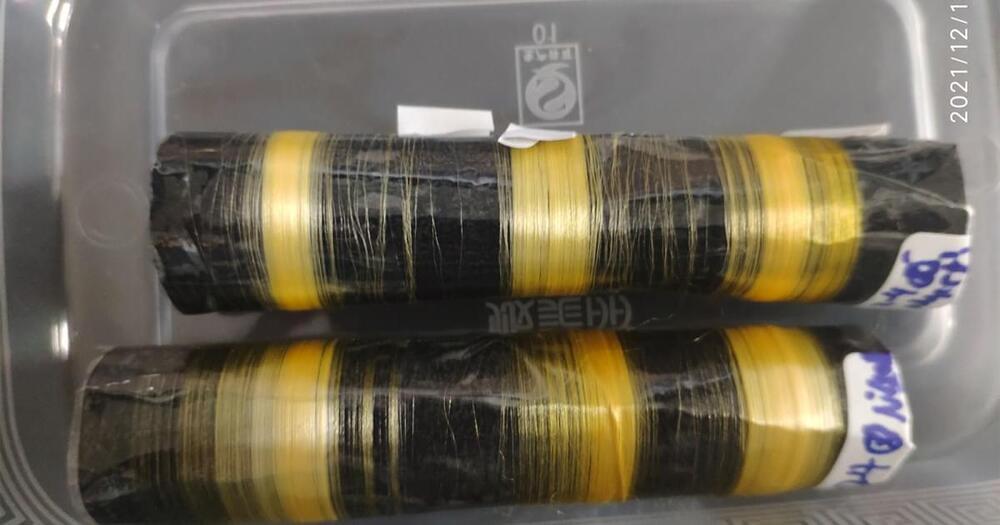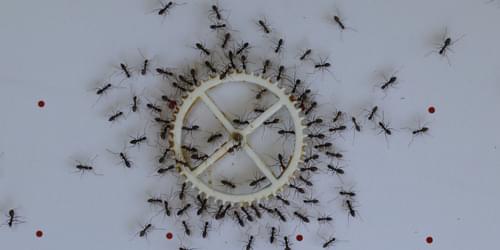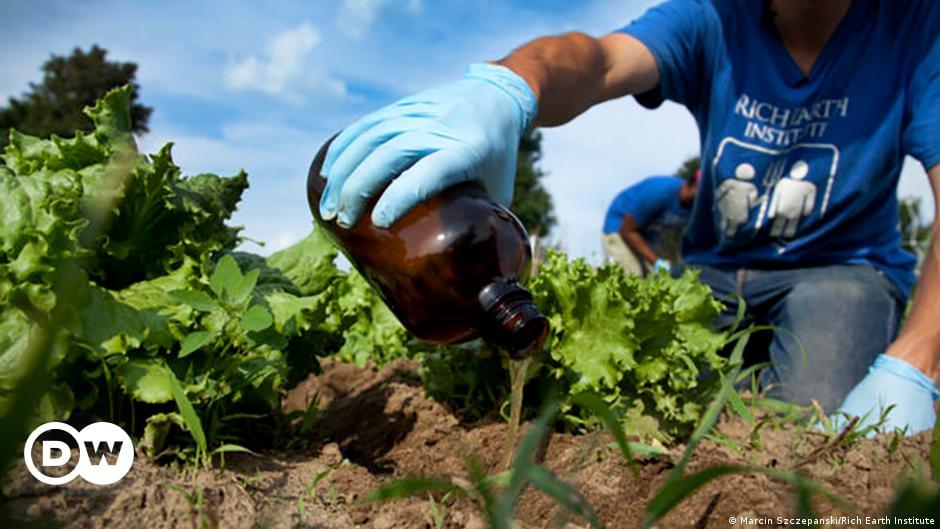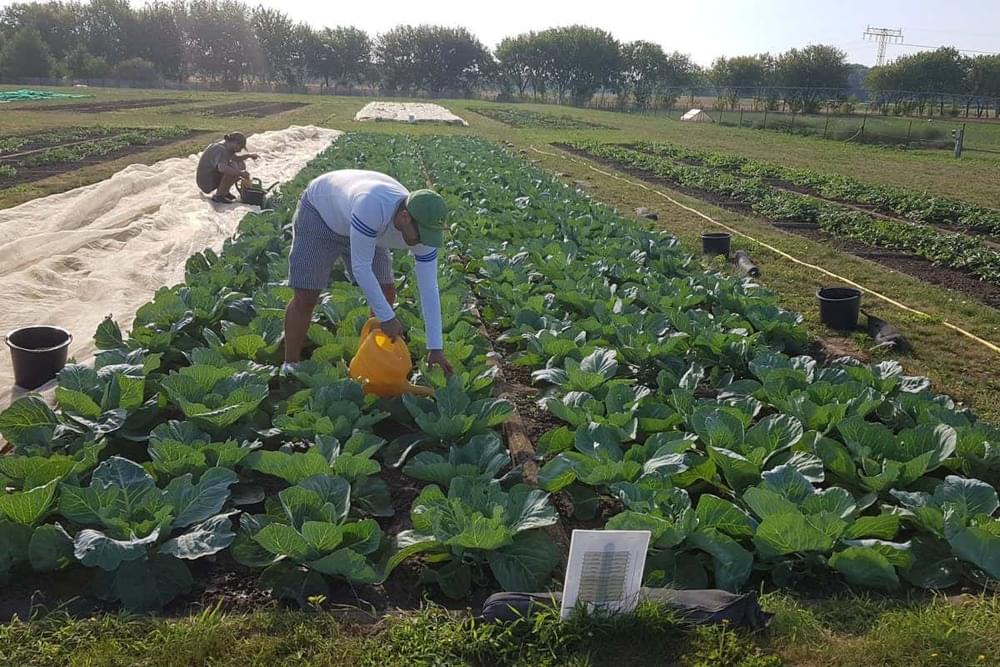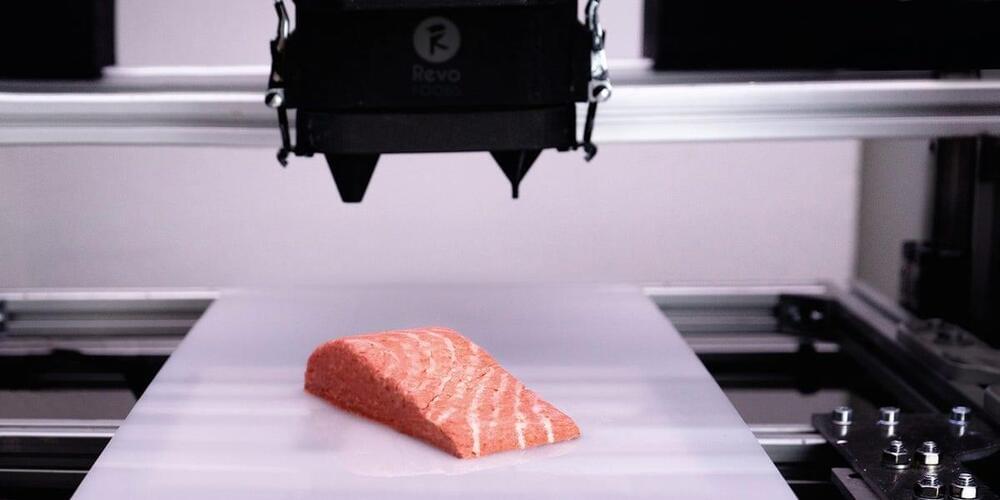While the bacteria in the intestine are helpful for digesting food and fighting infections, they have long been suspected to play an essential role in triggering rheumatoid arthritis. This chronic inflammatory disorder affects the joints.
Mayo Clinic researchers have discovered a link between an abundance of specific gut bacteria and the triggering of an immune response against a person’s tissue. They also found that this happens even before the clinical symptoms of rheumatoid arthritis appear. They published their findings from the study in Science Advances.
“As we age, our gut bacteria and their byproducts change, which impacts our immune system,” says senior author Veena Taneja, Ph.D., a Mayo Clinic immunologist. There is a known link between imbalances in gut bacteria, aging, and rheumatoid arthritis, but it is challenging to prove this connection in humans. “This research sheds light on the complex relationship between gut microbiota and rheumatoid arthritis.”

